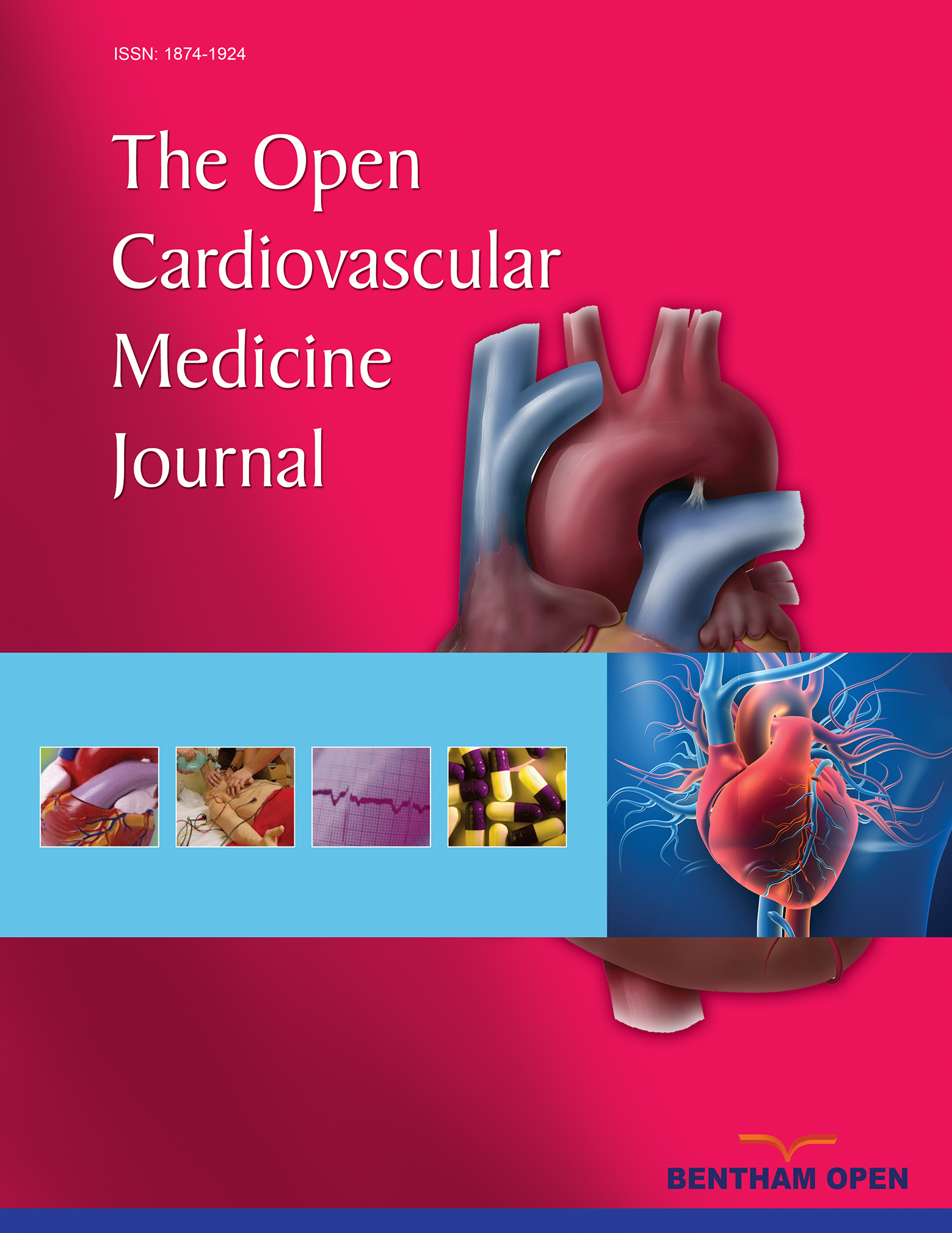All published articles of this journal are available on ScienceDirect.
Gender-Specific Modulation of the Response to Arterial Injury by Soluble Guanylate Cyclase α1
Abstract
Objective:
Soluble guanylate cyclase (sGC), a heterodimer composed of α and β subunits, synthesizes cGMP in response to nitric oxide (NO). NO modulates vascular tone and structure but the relative contributions of cGMP-dependent versus cGMP-independent mechanisms remain uncertain. We studied the response to vascular injury in male (M) and female (F) mice with targeted deletion of exon 6 of the sGCα1 subunit (sGCα1-/-), resulting in a non-functional heterodimer.
Methods:
We measured aortic cGMP levels and mRNA transcripts encoding sGC α1, α2, and β1 subunits in wild type (WT) and sGCa1-/- mice. To study the response to vascular injury, BrdU-incorporation and neointima formation (maximum intima to media (I/M) ratio) were determined 5 and 28 days after carotid artery ligation, respectively.
Results:
Aortic cGMP levels were 4-fold higher in F than in M mice in both genotypes, and, within each gender, 4-fold higher in WT than in sGCa1-/-. In contrast, sGCα1, sGCα2, and sGCβ1 mRNA expression did not differ between groups. 3H-thymidine incorporation in cultured sGCa1-/- smooth muscle cells (SMC) was 27%±12% lower than in WT SMC and BrdU-incorporation in carotid arteries 5 days after ligation was significantly less in sGCa1-/- M than in WT M. Neointima area and I/M 28 days after ligation were 65% and 62% lower in sGCa1-/- M than in WT M mice (p<0,05 for both) but were not different in F mice.
Conclusion:
Functional deletion of sGCa1 resulted in reduced cGMP levels in male sGCa1-/- mice and a gender-specific effect on the adaptive response to vascular injury.


